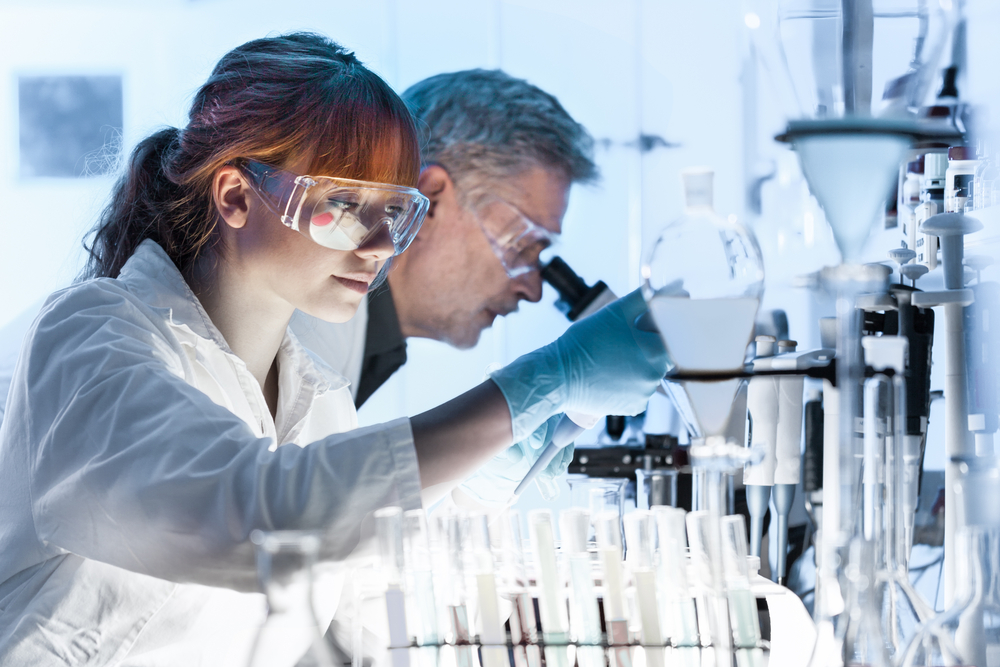Antimalarial Medicine Chloroquine Improves Muscle Strength in Animal Models of DM1, Study Finds

Treatment with chloroquine increased the levels and restored the activity of Muscleblind-like RNA-binding proteins, improving muscle function and strength in animal models of myotonic dystrophy type 1, a study has found.
The study, “Increased Muscleblind levels by chloroquine treatment improve myotonic dystrophy type 1 phenotypes in in vitro and in vivo models,” was published in the journal Proceedings of the National Academy of Sciences.
Myotonic dystrophy type 1 (DM1), the most common form of adult-onset muscular dystrophy, is caused by the expansion of CTG repeats in the DMPK gene, which provides instructions for making the myotonic dystrophy protein kinase. C, T, and G are three nucleotides, the building blocks of proteins — C stands for cytosine, T for thymine, and G for guanine.
The mutated DMPK gene leads to abnormally long RNA molecules that form clumps and impair the function of other important proteins for cell functioning.
These include RNA-binding proteins (RBPs) of the Muscleblind-like (MBNL) family, which are essential to control the expression of several genes in different types of muscles in the body. RBPs work by binding to RNA, stabilizing its structure and regulating the production of proteins.
Researchers from the Incliva Health Research Institute in Valencia, Spain, and their collaborators showed that treatment with chloroquine, an antimalarial therapy that blocks autophagy, not only boosted the production and activity of MBNL proteins, but also minimized some of the signs of DM1-like disease in different animal and cellular models. Autophagy is the process by which cells degrade or recycle components that are damaged or no longer needed.
“We previously reported abnormal hyperactivation of autophagy in Drosophila [fruit flies] and cell models of disease and that inhibiting autophagy restored muscle mass and function in Drosophila,” the researchers wrote. “This led to the hypothesis that autophagy inhibitory drugs could rescue muscle atrophy [shrinkage] in vivo.”
To test their hypothesis, the researchers first studied the effects of chloroquine in patient-derived myoblasts (precursors of skeletal muscle cells) cultured in a lab dish. Their experiments showed that treatment with chloroquine boosted the production, reduced the build-up, and restored the activity of MBNLs.
Then, to complement their findings, they turned to fruit flies and mouse models of DM1. Results showed that treatment with chloroquine increased the production of MBNLs in muscles by four times in fruit flies and by three times in the lower hindpaw of mice. These increased levels were accompanied by restored protein activity.
Also, in fruit flies, the team found that chloroquine led to significant improvements in motor function and survival. In mice, treatment improved muscle strength and partially restored the structure and organization of muscle fibers.
“Importantly, these resulting improvements at the functional level make [chloroquine] a strong candidate for drug repurposing in DM1 either alone or as a systemic complement to … oligonucleotide-based therapies,” the investigators wrote.






